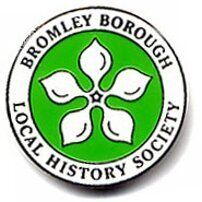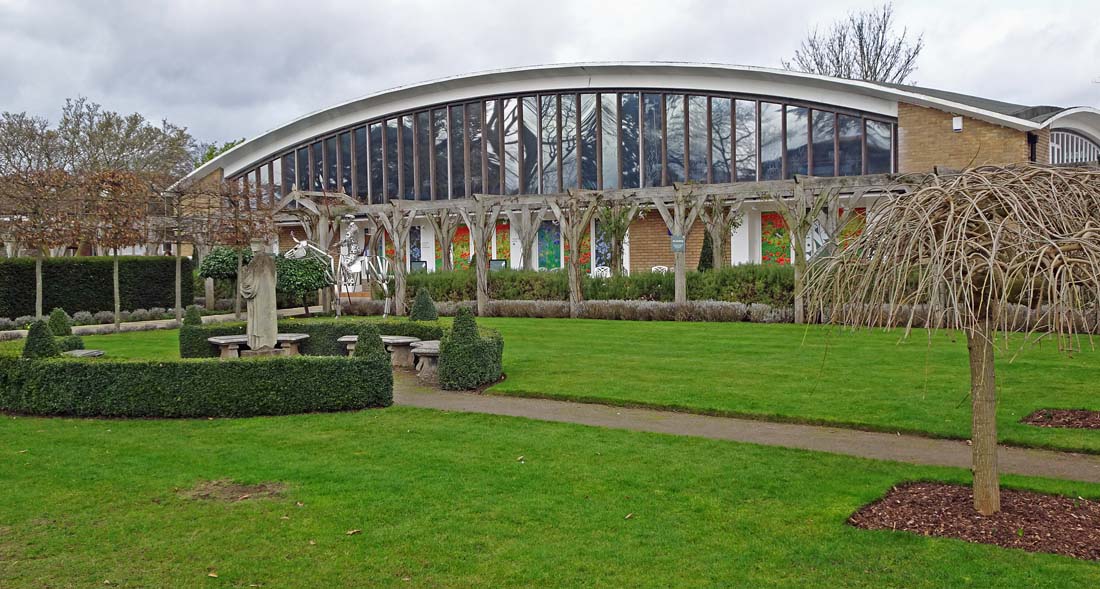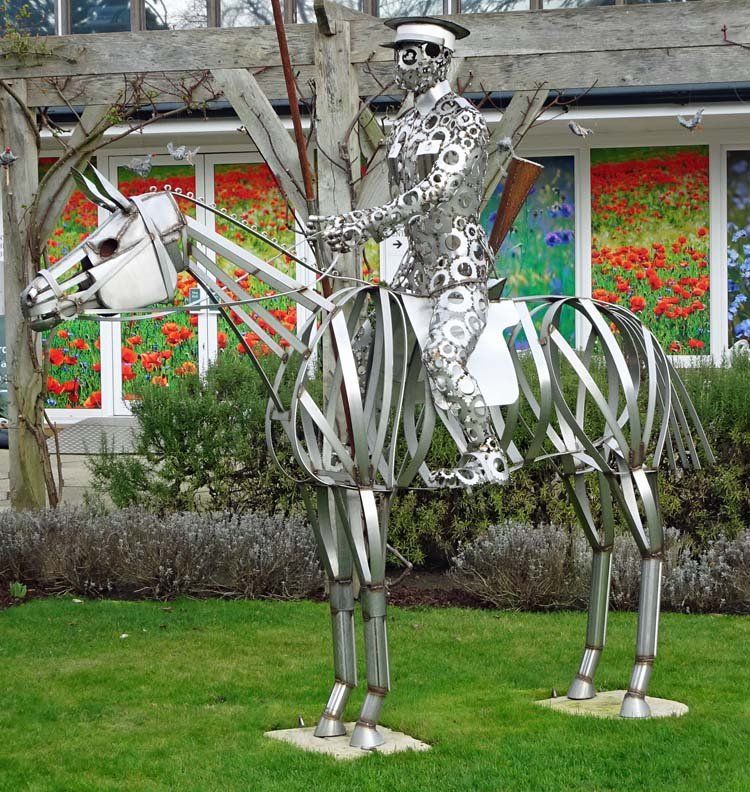Bromley Borough Local History Society
Registered Charity
No. 273 963

Bromley Borough Local History Society


a typical trench with climbing ladders for use when leaving for an attack. Some areas were so wet the trenches were raised up almost entirely relying on sand-bags for protection.
Tunnelling was a significant activity during the war, particularly on the Allied side as attempts to undermine fortifications and strongpoints were made. The end of the completed tunnel was then filled with tons of explosive to be detonated, usually at the starftof an attack. Some explosions were so massive they were reportedly heard 150 miles away in London.
A selection of weapons, French and German, used during the War.
Unlike the French and German conscript armies, the British regular army was quite small and its rapid increase in size at the start of the War had to be achieved by encouraging enlistment by volunteers. A selection of posters shows how men were encouraged to take up arms for their country. Other less attractive methods included women placing a white feather on those they considered to cowardly to join up.
Although the horse was vital for transporting supplies and ammunition - as seen with the two horses pulling a German cart.
September 1916 saw the first deployment of tanks in combat.
In addition to historical recon-structions and written history, the exhibition also included examples of personal items from soldiers on both side of the front.
These include a collection of hats, cigarettes, matches, sweets and other items.
One of the bloodiest battles of the war, in 1916, was the 3rd Battle of Ypres, known as Passchendaele. The town of Ypres was virtually destroyed in the War but it became known for the publication from 1916 of the Wipers Times, using the mispronunciation common at the time for the local town. Some rare examples are included in the exhibition, their front covers pretending to be advertisements usually paro-dying some current war-time action.
Although the Great War was largely a land battle, a number of actions took place at sea, the most famous being the Battle of Jutland in May/June 1916. Although probably a tactical win for Germany, its fleet never left harbour again and it afterwards relied on unrestricted submarine warfare which ultimately led to the intervention of the United States and Germany's defeat.
However, soldiers on leave, in addtion to catching their early morning train to Dover, had to cross the English Channel and this could be hazardous because of submarines and mines.
It was a mine that led to the shocking death of the Minister of War, General Lord Kitchener, in June 1916 off the coast of Scotland on his way to a meeting in Russia. Memorabilia and his obituary are included among the exhibits.
And of course it was not just on land and sea that the battle was fought. For the first time in history air power, if not decisive, began to impact on the action.
The most famous flier was the German ace, Manfred von Richthofen. When setting up the exhibition it was realised that his first victim was a former pupil of Whitgift school, here shown writing home shortly before his early death in September 1916. Richthofen was himself killed in 1918, ironically by a bullet fired from the ground, but only after being credited with 80 "kills".
Tragedy affectred all sides and family's of both the rich and the poor as illustrated by the story above.
But the war to end all wars finally stopped at 1100 on the 11th November 1918.
An armistice treaty with Germany was signed and the British copy, with both French and English translations is included in the exhibition along with the names of the 246 former pupils and five teachers from the Whitgift school who were killed between 1914 and 1918.